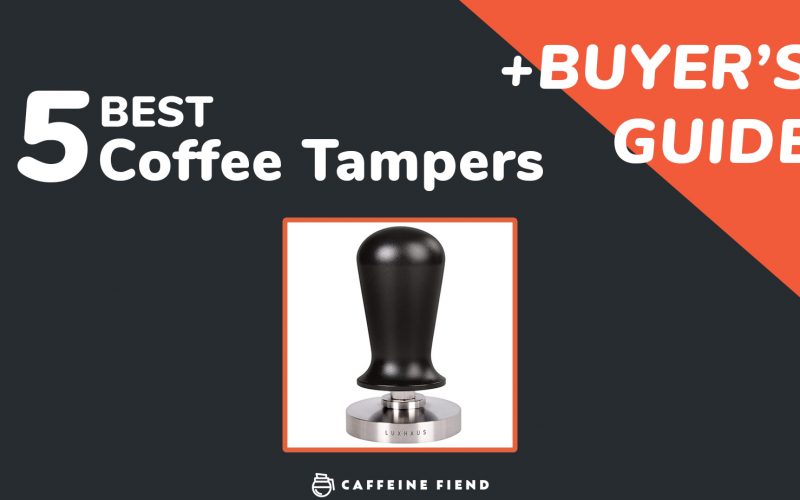There are no ifs, ands, or buts about it – you need a good coffee tamper when you’re making espressos. A coffee tamper is such an essential tool – for both espresso novices and pros alike – that any decent espresso machine that you purchase nowadays will have one included.
However, if you’re anything like me, you’re probably unsatisfied with the espresso tamper that came with your machine. It gets the job done but it’s just… lacking.
Maybe it’s not compacting those coffee grinds as tight as you’d like or maybe it just wasn’t durable enough to stand up to an espresso addict like yourself.
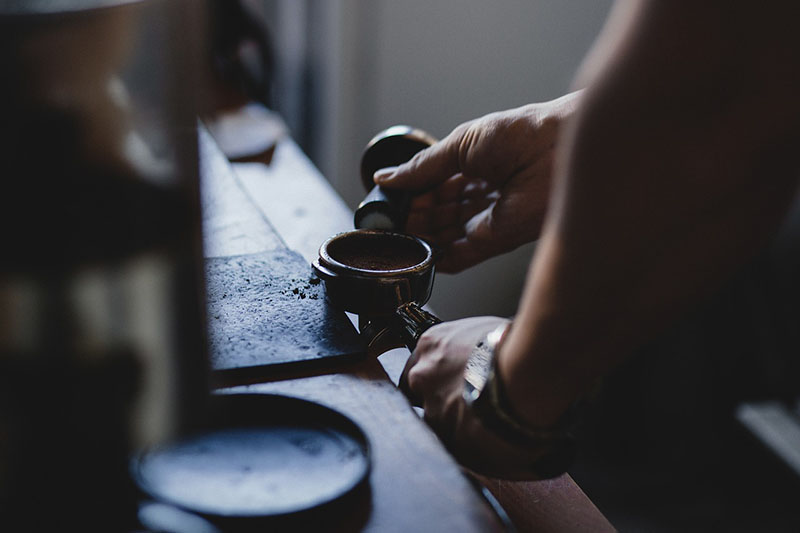
Whatever the case may be, here are 5 coffee tampers that are bound to be better than whatever came with your espresso machine.
Product & Price |  Pros & Cons |
|---|---|
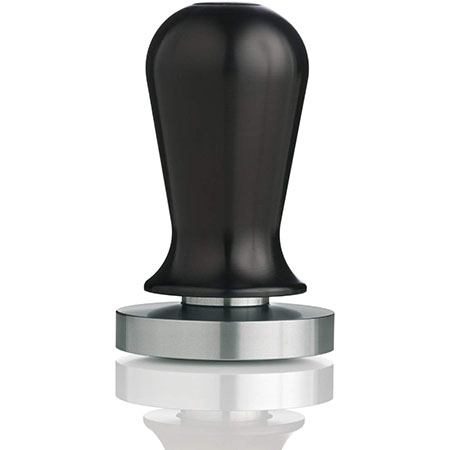 Espro 3058F Calibrated Flat Tamper Check Latest Price | + Comes in multiple sizes + Consistent and even 30 pounds of pressure + Calibrated + Has a convex variantErgonomic handle – Relatively expensive |
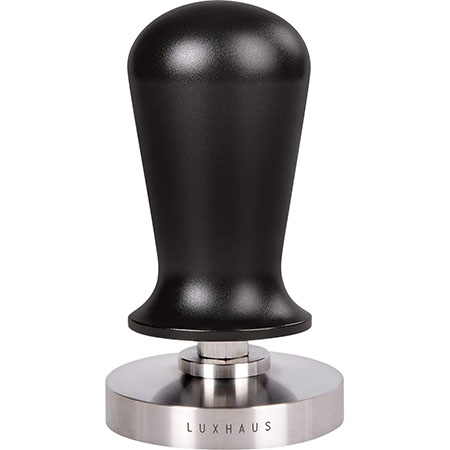 LuxHaus Calibrated Pressure Espresso Tamper Check Latest Price | + Comes in multiple sizes + Made from high quality stainless steel + Ergonomic handle + Calibrated – Prominent engraved logo – No convex variant – Internal spring is potentially fallible |
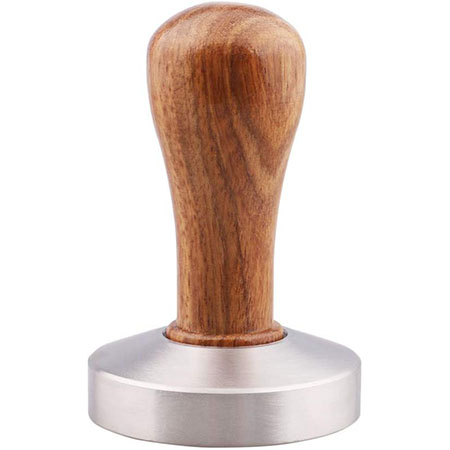 Omgogo Stainless Steel Coffee Tamper Check Latest Price | + Lightweight and easy to handle + Ergonomic design + Affordable pricing – No convex variant – Not as effective as higher priced options |
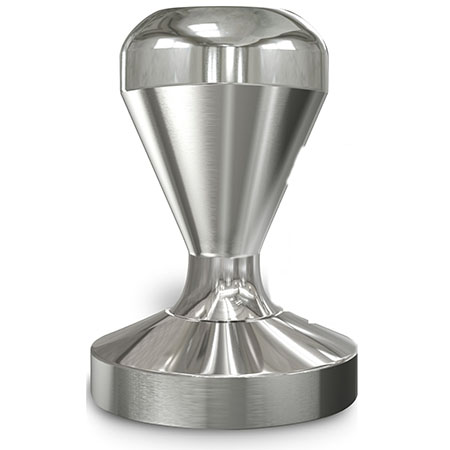 Benicci Espresso Coffee Tamper Check Latest Price | + Extremely durable + Made from food grade stainless steel + Single body construction – Only one size – No flat variant |
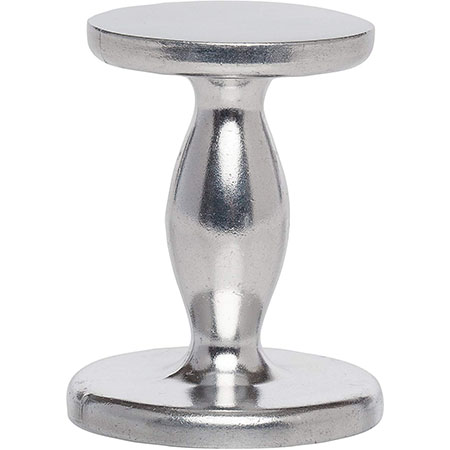 HIC Harold Import Co. 43739 Dual-Sided Espresso Tamper Check Latest Price | + Affordable pricing + Dual sided with different diameters + Corrosion resistant + Made from food-safe aluminum – Not as heavy as competitors – No convex variant |
Why Do You Need a Coffee Tamper?
You can’t make a good espresso if your grinds aren’t compact. This is because the water needs to pass through the grinds evenly while still taking its time so that the proper flavor is extracted.
You could do all of this without a tamper; however, that would entail MacGyvering up a makeshift contraption or using your bare hands to pound the coffee into submission. We wouldn’t recommend that you do either of those things.
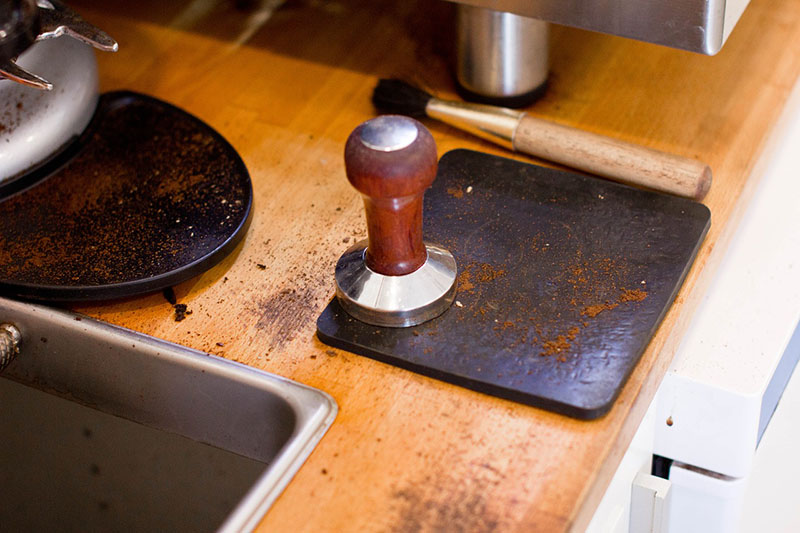

The Ultimate Coffee Tamper Buyer’s Guide
What Shape Should Your Coffee Tamper Be?
By asking this question, you’ve unknowingly stepped into a war that has been brewing for some time in the coffee community – flat tampers vs convex tampers.
Regardless of what any other coffee aficionado will tell you, listen to my advice on this topic… it ultimately doesn’t matter. Sure there is a slight difference between the two when it comes to tamping but if you have a good tamping technique then it won’t make a difference in the long run.
Convex espresso tampers effortlessly press the coffee in such a way that it is harder for water to accidentally enter your portafilter. However, as I said above, you can refine your tamping technique to create this effect with a flat tamper if you so desire.
Many people also prefer flat espresso tampers because they create much more uniform and smoother looking surface when it is used.

Should I Get a Calibrated or Normal Tamper?
Calibrated tampers are more beneficial because they have a spring that sits between the handle and the base. This spring interacts with the tamper in such a way that it ensures that you consistently apply a uniform amount of force when you press the handle. This results in a more even tamping experience and a more consistent tasting cup of coffee.
So, why isn’t everyone using calibrated espresso tampers? Well, the most obvious answer is that calibrated tampers are significantly more expensive!
Which Materials Should I Look for and Which Should I Avoid?
There are two main parts of your basic tamper – the handle and the base. The base is the part that is going to come in contact with your coffee, while the handle is the part that is going to come in contact with your hand.
These two sections don’t have to be made of the same material; however, there are some materials that are better than others and some that you should outright avoid.
For your base, always go with food-safe materials. More often than not you will see tampers being made from food-safe stainless steel or food-safe aluminum. There are extremely cheap plastic coffee tampers out there but as you would expect, they are not as durable as their metal counterparts. In addition to this, they are not as hygienic as metal espresso tampers and they are harder to clean.
There is a bit more leeway when it comes to handles. It is perfectly fine to have handle that is made from hand carved wood, ABS plastic, stainless steel. What you should focus on is the shape of the handle. Ergonomic handles are better, since you’re going to be holding your tamper regularly and gripping it tightly.

